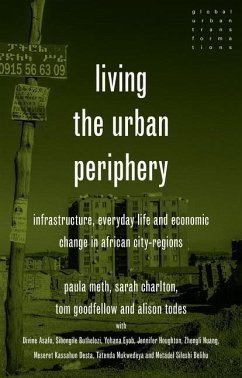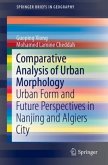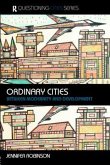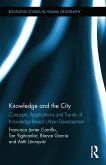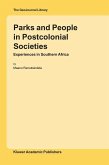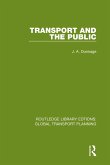The edges of cities are increasingly understood as places of dynamism and change, but there is little research on African urban peripheries and the nature of building, growth, investment and decline that is shaping them. This multi-authored monograph examines African urban peripheries through a dual focus on the forces driving the transformation of these spaces, and the experience of living through these changes. As well as exploring the generic dynamics of peripheral change across the continent, it provides rich qualitative insights into the specificity and distinctiveness of a range of peripheral locations. Using substantial comparative empirical data from city-regions in Ethiopia, South Africa and Ghana, in conversation with research in other African contexts, the book provides a cogent analysis of spatial transformations and everyday life on the African city periphery. It shows how urban peripheries are formed through five distinct but interconnected logics that capture the complexities of periphery formation and change. It also illustrates that to fully understand the nature of change in urban peripheries we need to situate these logics in relation to the varied lived experiences of people living there. Developed within a framework of comparative urbanism, the book considers multiple issues, including economic and infrastructural transitions, political practices, social outcomes and differences, and spatial and material changes. Bringing the realities of 'living the periphery' to life, the book foregrounds the voices of residents throughout, supported by rich visual images.

